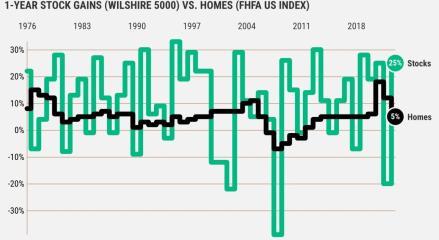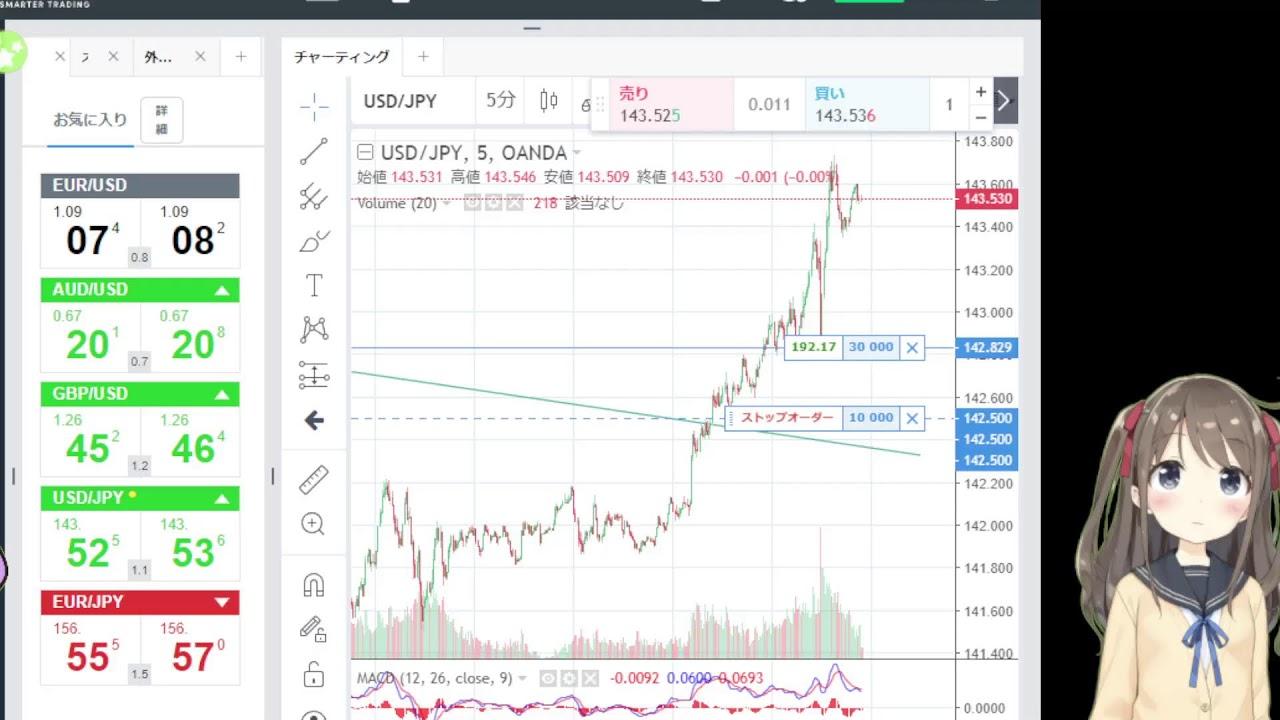The process from account selection to initiating a forex transaction involves several key steps. Here's a step-by-step guide:
- Educate Yourself: Before diving into forex trading, it's crucial to educate yourself about the forex market. Understand the basics of how the market works, different currency pairs, and factors that influence exchange rates.
- Select a Reputable Broker: Choose a reliable and regulated forex broker. Look for brokers with a good reputation, transparent fee structures, and a user-friendly trading platform. Regulatory bodies, such as the Financial Conduct Authority (FCA) or the National Futures Association (NFA), provide oversight for brokers.
- Open a Trading Account: Once you've selected a broker, you'll need to open a trading account. This involves providing necessary personal and financial information. Choose the type of account that suits your trading preferences, whether it's a standard account, mini account, or a demo account for practice.
- Deposit Funds: Fund your trading account with the required initial deposit. Most brokers offer various funding options, including bank transfers, credit cards, and online payment systems. Make sure to manage your risk by depositing only what you can afford to lose.
- Select Currency Pairs: Decide on the currency pairs you want to trade. Major pairs, such as EUR/USD and USD/JPY, are popular choices for beginners due to their liquidity and lower spreads.
- Analyze the Market: Conduct thorough market analysis using fundamental and technical analysis. Fundamental analysis involves studying economic indicators, geopolitical events, and central bank policies. Technical analysis involves analyzing price charts and using technical indicators to identify trends and potential entry/exit points.
- Develop a Trading Plan: Create a comprehensive trading plan that outlines your trading goals, risk tolerance, and strategy. Define your entry and exit criteria, as well as risk management parameters such as stop-loss and take-profit levels.
- Place a Trade: Using your broker's trading platform, enter the details of your trade, including the currency pair, position size, and order type (market order, limit order, or stop order). Double-check your trade parameters before confirming the order.
- Monitor and Manage the Trade: Once your trade is live, monitor the market for any changes. Implement risk management strategies, such as setting stop-loss and take-profit orders. Stay informed about market news that may impact your trade.
- Review and Learn: After the trade is closed, review your performance. Analyze both successful and unsuccessful trades to identify areas for improvement. Continuous learning and adaptation are essential for long-term success in forex trading.
Remember, forex trading involves significant risk, and it's essential to trade responsibly and only with money you can afford to lose. Always stay informed about market conditions and continuously refine your trading skills.















